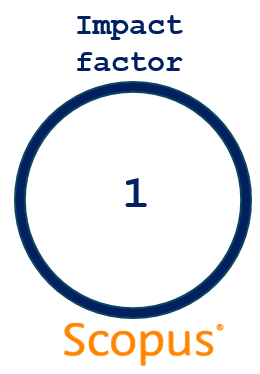ACTA Pharmaceutica Sciencia
2022 , Vol 60 , Num 2
Artemisia campestris and Artemisia herbaalba: LC-HRESI-MS Profile Alongside Their Antioxidant and Antimicrobial Evaluation
1 Laboratory of Process Engineering, Faculty of Technology, Amar Telidji University, Laghouat 03000, Algeria2 Department of Analytical Chemistry, Faculty of Pharmacy, Bezmialem Vakif University, 34093 Istanbul, Turkey
3 Department of Analytical Chemistry, Faculty of Pharmacy, Istanbul University, 34116, Beyazıt, Istanbul, Turkey
4 Department of Pharmaceutical Microbiology, Faculty of Pharmacy, Istanbul University, 34116 Beyazit, Istanbul, Turkey
5 Medicinal Chemistry Department, Theodor Bilharz Research Institute, Kornaish El-Nile, Warrak El-Hadar, Imbaba (P.O. 30), Giza 12411, Egypt
DOI : 10.23893/1307-2080.APS.6010 Viewed : 16473 - Downloaded : 4986 Artemisia species have been traditionally used to treat various ailments and health problems like colds, digestive troubles, gastric ulcer, menstrual pain, and diarrhea. In our study, total phenolic and flavonoid contents of 80% aqueous methanol extracts of Artemisia campestris and Artemisia herba-alba plants were investigated. Furthermore, their in vitro antioxidant and antimicrobial activities were evaluated. Also, their phytochemical profiling was performed via using LC-HRESI-MS analysis. Both plant extracts showed strong antioxidant activity using DPPH, ABTS, and phosphomolybdenum assays. The results revealed A. herba-alba extract showed moderate antimicrobial activity against bacteria including Staphylococcus epidermidis and Staphylococcus aureus. While A. campestris extract exhibited antimicrobial activity against different microbial populations such as Pseudomonas aeruginosa and Candida albicans. Also, the results revealed that A. herba-alba extract contains high amounts of 3-O-methylquercetin, eupatilin and acacetin (ranging from 22.04 to 31.88 mg/g), while A. campestris extract contains significant amounts of 3-O-methylquercetin, rutin and chlorogenic acid (82.98, 79.44 and 29.54 mg/ g, respectively). In conclusion, the aqueous methanol extracts of both studied Artemisia species could be promising candidates for treating microbial infections and oxidative stress. Keywords : Artemisia campestris, Artemisia herba-alba, polyphenolics, antioxidant, antimicrobial





